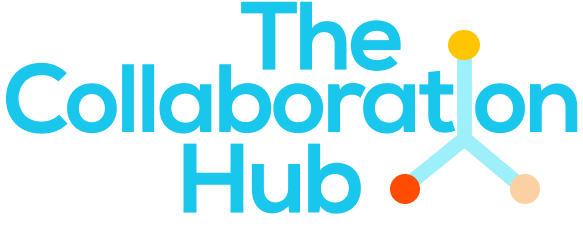 Ways of Working
Ways of Working
Governance
Roles and responsibilities
Governance fundamentals should also include a clear delineation of roles and responsibilities to ensure clarity and shared accountability.- Clearly define roles, responsibilities, and accountability mechanisms for each partner, considering their strengths and expertise. Specify who has ownership over each area to avoid competition between partners.
- Define the resource contributions of each partner. This includes financial, technical, material, and human resources. For financial, there should be transparency and mutual agreement on budget allocations.
- Identify leadership roles for stakeholder engaging, including managing relationships with funders.
- Establish Key Performance Indicators (KPIs) for each partner, reflecting specific targets they are responsible for achieving during the collaboration.
- Appoint relationship managers as key points of contact for external partners.
- Implement accountability mechanisms to ensure commitments to gender equality are met. Examples include setting up independent review panels or integrating gender equality metrics into corporate media performance evaluations.
- Integrate the roles and responsibilities with the MEL Framework. This includes appointing a principal coordinator for monitoring and evaluation activities, and partner specific KPIs for MEL.
- If any roles are unassigned or gaps identified, consider including additional partners from the partner mapping list, to ensure all responsibilities are covered.
